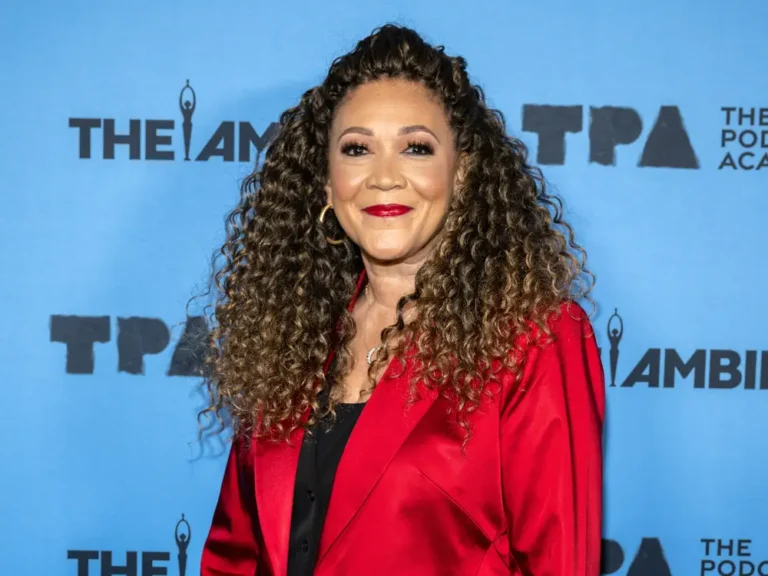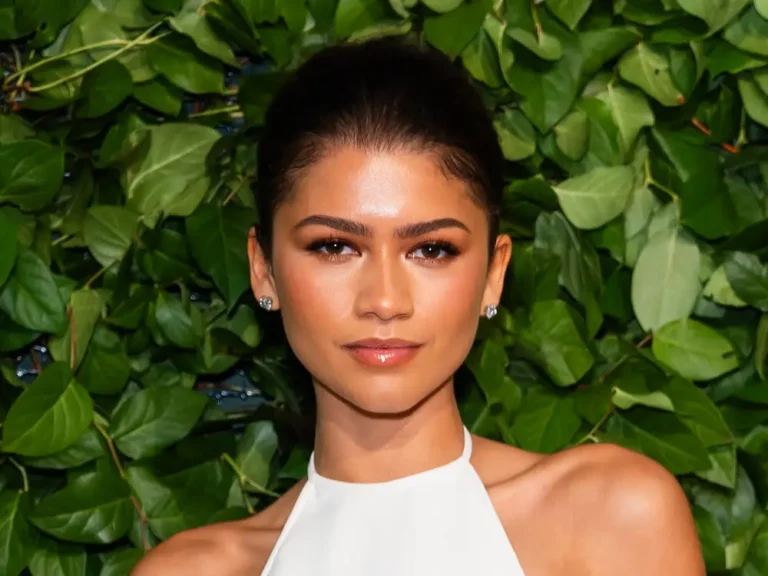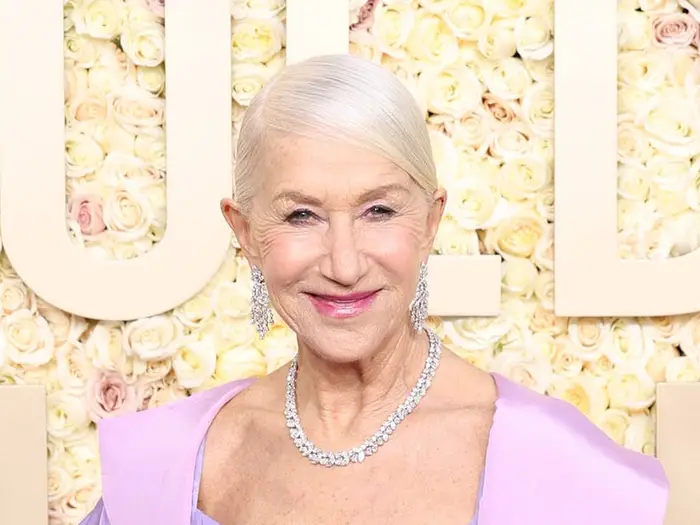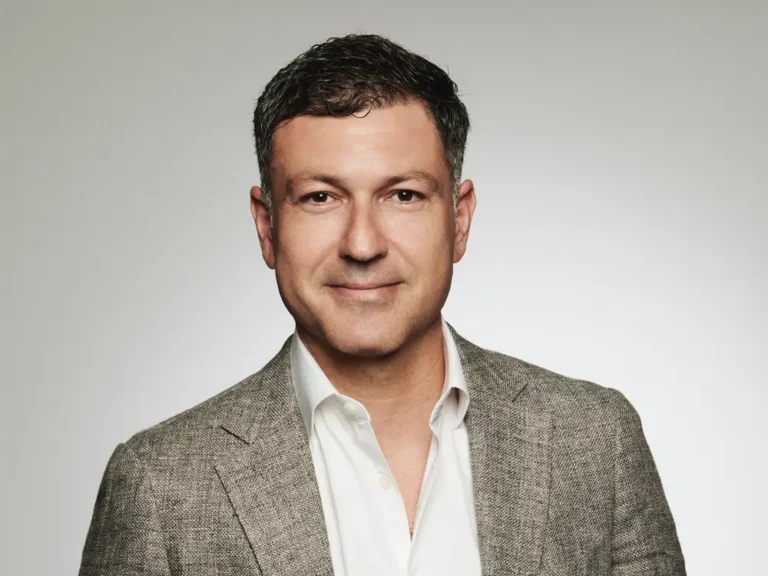Disney’s plans to future-proof its TV business could help kill the cable bundle even faster than expected

Disney’s ESPN will launch a streaming service next fall that will give pay-TV executives headaches.
For over a decade, consumers have been increasingly ditching the pay-TV bundle. Recently, media firms have seemed to follow suit — none more so than Disney.
The shift from traditional TV was gradual at first. Media giants that clung to the safety and steady profits of the pay-TV bundle envied Netflix’s success, so they built their own streaming services. They lured subscribers by putting some of their best content there, often exclusively, instead of on cable. In turn, cord cutting has rapidly accelerated.
But while media companies like Disney building Netflix competitors irked pay-TV providers, some of their latest moves have been seen as more akin to acts of treason.
The Mouse House enraged pay-TV giants by teaming up with rivals Fox and Warner Bros. Discovery to form sports streaming service Venu, which promised to offer access to tons of live sports at less than half the cost of traditional cable bundles. If Venu’s launch hadn’t been blocked on antitrust grounds, it could have robbed pay TV of one of its biggest advantages.
But Disney has another plan to protect its TV business while cable collapses. Next fall, ESPN plans to debut a marquee streamer codenamed Flagship. Unlike ESPN+, this service will have all of ESPN’s content, including Monday Night Football games and shows like “First Take.”
ESPN Flagship, or whatever it ends up being called, will probably be a hit for the sports giant, according to Tim Nollen, Macquarie’s top media analyst. However, in a recent note and subsequent interview with B-17, warned that it may also provide the biggest blow yet to pay TV.
“Sports has a lot to do with keeping the bundle together, but now that sports is going streaming, that will hasten the decline of the bundle further,” Nollen told B-17.
A representative for ESPN and Disney declined to comment on the company’s strategy. Their joint statement on the Venu ruling is unchanged: “We respectfully disagree with the court’s ruling and are appealing it. We believe that Fubo’s arguments are wrong on the facts and the law, and that Fubo has failed to prove it is legally entitled to a preliminary injunction. Venu Sports is a pro-competitive option that aims to enhance consumer choice by reaching a segment of viewers who currently are not served by existing subscription options.”
How low can pay-TV subs go?
A few weeks ago, media analysts Craig Moffett and Michael Nathanson of research firm MoffettNathanson wrote that it was “becoming increasingly clear that there is no longer any floor” for pay-TV subscribers.
Nollen isn’t that pessimistic, though he does believe the number of pay-TV customers could halve to between 30 million and 35 million by 2030, from an estimated 60 million to 70 million. That’s what happens when the pay-TV bundle’s most valuable content is no longer exclusive.
“We think cord-cutting will accelerate hand-in-hand with the launch of the ESPN direct-to-consumer service in August 2025,” Nollen wrote in a September 19 note. He estimates that the pace of pay-TV cancellations could nearly double to a 15% annual quit rate by 2027.
Venu also would have likely hurt pay TV, US District Judge Margaret Garnett concluded in her ruling against the new sports streamer. She wrote that Disney, Fox, and WBD thought between 50% and 70% of Venu’s customers would come from other pay-TV providers, citing internal documents unearthed in the expedited discovery process.
This sports streamer “would still be extremely profitable to its partners if just one new customer subscribed for every three customers who switched from their current MVPD,” Garnett wrote, referencing the “multichannel video programming distributors” that are synonymous with pay-TV providers.
Facing the increasing threat of cord-cutting as sports programming shifts away from the bundle, pay-TV providers are searching for ways to grow again. DirecTV is all-in on skinnier, genre-specific bundles with fewer channels. It’s also following Charter’s lead by demanding that media companies include streamers in pay-TV packages at a wholesale rate to the pay-TV provider (and no extra charge to the customers).
Although these strategies are worth a try, Nollen doubts they’ll turn the pay-TV business around.
“It could reduce the bleeding,” Nollen said. “I don’t think people are going to go back to actively signing up for the pay-TV bundle.”
ESPN Flagship can work — but not without cannibalizing the cable bundle
Pay-TV providers have few clear solutions. Disney is doing everything it can to make sure it’s not in the same boat — hence its investments in projects like Venu and ESPN Flagship.
However, both sports streamers have a clear flaw: they have lots of sports, but not everything. Nollen noted that customers could supplement ESPN Flagship or Venu, if it ever launches, by buying Peacock or Paramount+ separately to get sports on NBC and CBS, respectively. Still, that wouldn’t match cable’s unified experience, where switching between channels is seamless.
Despite that drawback, Nollen is optimistic about ESPN Flagship. He expects the service, which should cost between $25 and $30 per month, to score 3 million sign-ups as it launches next fall before growing its customer base to 7 million in 2026 and 14 million in 2027.
If ESPN Flagship hits those milestones, it can fully offset the losses from pay TV, which it will — ironically — be partially responsible for. But, as everyone in the TV industry knows, those losses are likely coming no matter what.






